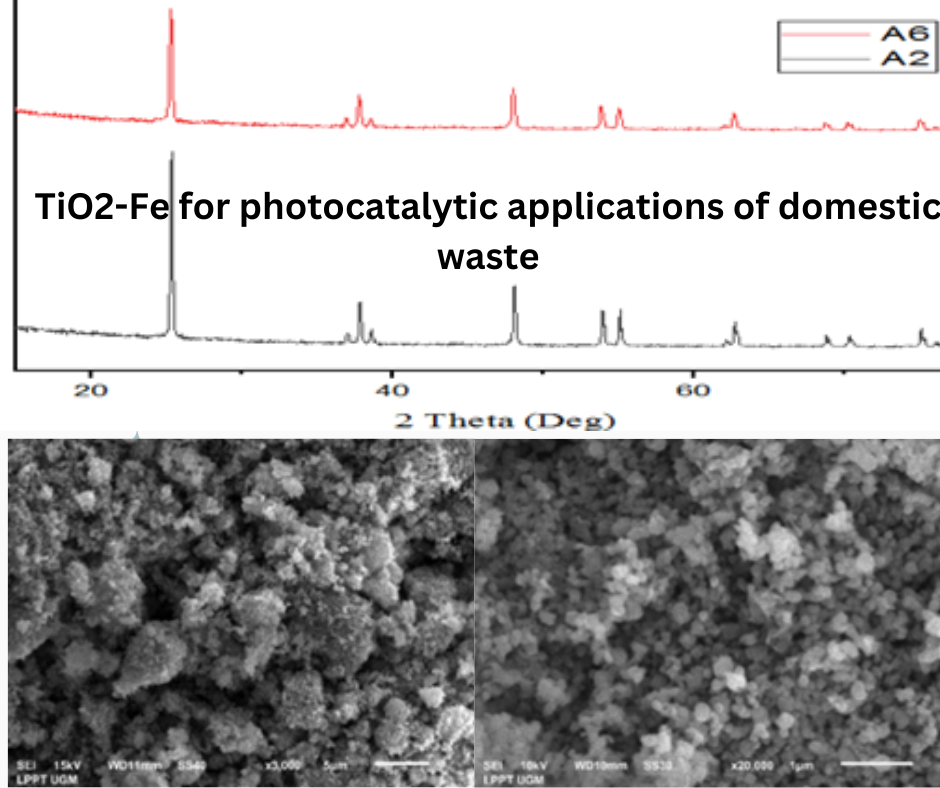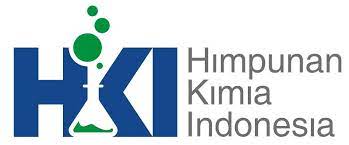
Synthesis and characterization of TiO2-Fe for photocatalytic applications of domestic waste
DOI:
10.29303/aca.v6i1.140Published:
2023-02-25Issue:
Vol. 6 No. 1 (2023)Keywords:
TiO2-Fe, Photocatalyst, Methylene blue, Domestic wastewaterArticles
Downloads
How to Cite
Rahmadhani, A. ., Nasution, H. ., Prasetya, P., Dayumita, N., & Siregar, S. H. . (2023). Synthesis and characterization of TiO2-Fe for photocatalytic applications of domestic waste. Acta Chimica Asiana, 6(1), 295–300. https://doi.org/10.29303/aca.v6i1.140
Downloads
Download data is not yet available.
Metrics
Metrics Loading ...






 Indonesian Chemical Society, Chapter Nusa Tenggara. Jalan Majapahit 62 Mataram, University of Mataram, 83125, Indonesia
Indonesian Chemical Society, Chapter Nusa Tenggara. Jalan Majapahit 62 Mataram, University of Mataram, 83125, Indonesia





